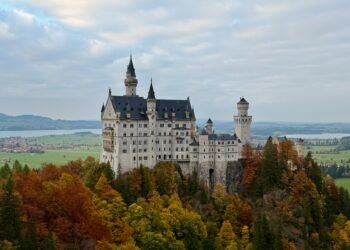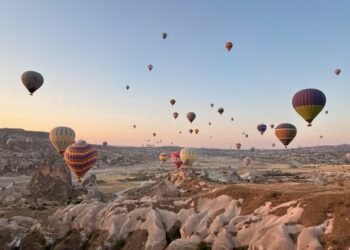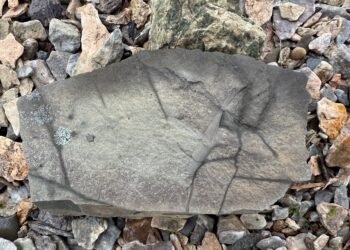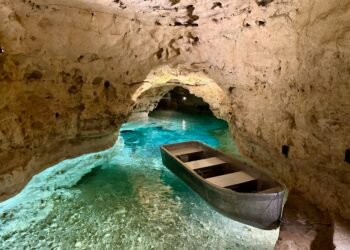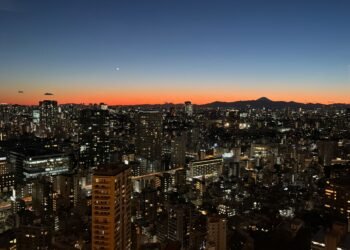This Machu Picchu science travel guide takes you deep into the geology, astronomy, and cultural legacy of Peru’s most iconic archaeological site. As a UNESCO World Heritage Site, Machu Picchu reveals advanced astronomical alignments, stunning geological formations, and the ingenuity of Incan engineering. Explore how natural forces and celestial design shaped the citadel, and get practical travel tips for visiting this historic wonder—perfect for science lovers, history buffs, and curious adventurers.
1 Machu Picchu Science Travel: Where Geology Meets the Cosmos
For those with a passion for adventure, science, and history, Machu Picchu stands as the ultimate destination. Perched high in the Andes Mountains, this ancient Inca citadel not only offers breathtaking views but also holds profound historical, geological, and astronomical significance. Recognized as one of the world’s most iconic archaeological sites, Machu Picchu is far more than a historical treasure – it’s a geological marvel and a testament to the Incas’ advanced understanding of astronomy. My visit in December was awe-inspiring from the moment I set foot in Peru. I hope that through my journey, this story serves as a comprehensive Machu Picchu science travel guide, inspiring your own adventure to this remarkable fusion of history and science.
2 Quick Facts about Machu Picchu
- Location: Andes Mountains, Peru
- Elevation: 2,430 m above sea level
- Built: Around 1450 AD by the Inca emperor Pachacuti
- Name Meaning: “Old Peak” in Quechua
- Rediscovered: 1911 by Hiram Bingham
- Features: Precise stonework, earthquake-resistant design
- World Status: UNESCO World Heritage Site & New Seven Wonder
3 The History of Machu Picchu: Inca Royalty and Rediscovery
Machu Picchu was constructed around 1450 during the reign of the Inca emperor Pachacuti. It likely served multiple purposes—as a royal estate, religious center, and site for agricultural experimentation. For centuries, it remained hidden in the remote Andes, largely untouched by the outside world until the early 20th century.
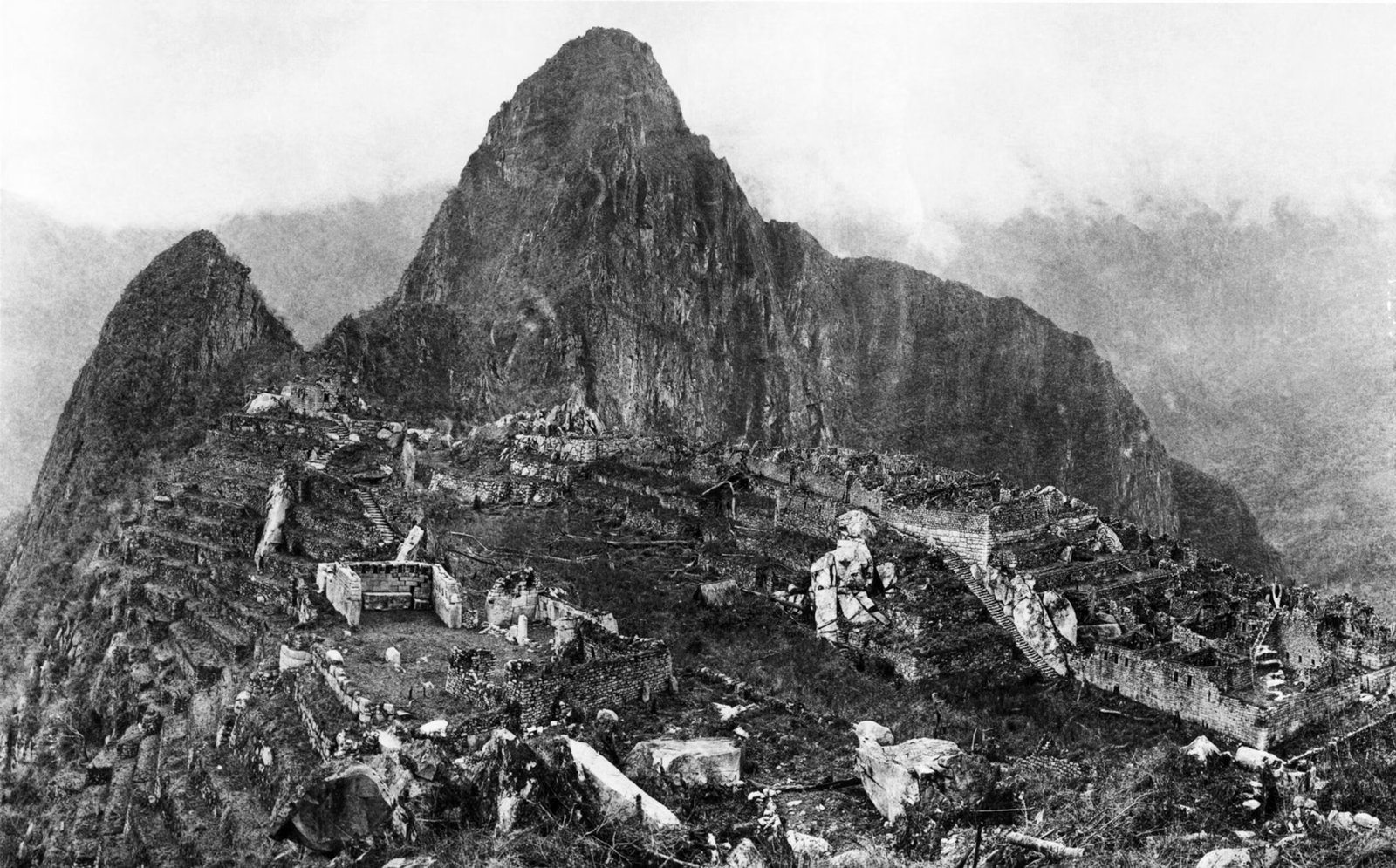
Designated a UNESCO World Heritage Site in 1983, Machu Picchu now welcomes over a million visitors annually. Yet with that popularity comes pressure: ongoing conservation efforts are in place to protect the site from over-tourism and environmental stress.
Rediscovery by Hiram Bingham
In 1911, American historian and Yale lecturer Hiram Bingham III led an expedition that reintroduced Machu Picchu to the world. Guided by local farmers through the overgrown landscape, Bingham arrived at the site and began documenting what had been partially reclaimed by jungle. His work, featured in a landmark 1913 issue of National Geographic, sparked global fascination with what he famously dubbed the “Lost City of the Incas.”
However, Bingham’s legacy is complicated. During his expeditions, more than 40,000 artifacts—including ceramics, tools, bones, and metal objects—were taken from Peru and sent to Yale University for study. Over the decades, Peru repeatedly requested their repatriation, arguing that the materials were part of its national cultural heritage. After prolonged negotiations, Yale agreed in 2011 to return the majority of the collection.
This controversy remains part of a broader and ongoing discussion about the ethics of archaeology, cultural ownership, and historical accountability. Today, Machu Picchu stands not only as a triumph of Inca engineering—but also as a symbol of cultural resilience and the importance of respecting Indigenous heritage.
4 Why Here? The Strategic and Sacred Location of Machu Picchu
Machu Picchu’s location wasn’t chosen by chance—it reflects a sophisticated blend of engineering, geography, geology, and spiritual significance. Perched at 2,430 meters (7,970 feet) above sea level, the citadel straddles a narrow ridge between two sacred peaks—Machu Picchu Mountain and Huayna Picchu—overlooking the winding Urubamba River below.
From a geological standpoint, the site sits atop the Vilcabamba Batholith, a massive formation of granite rock that offered the Incas a stable, weather-resistant foundation. The natural fractures within the granite enhanced drainage and earthquake resilience, which the Inca engineers skillfully incorporated into their design.
Geographically, its isolation provided strategic advantages. Surrounded by steep slopes and jungle-covered valleys, the site was naturally defensible, secluded, and virtually hidden—qualities that likely contributed to it remaining unknown to the outside world for centuries. Yet it remained accessible to the Inca elite via sophisticated road systems that connected it to the rest of the empire.
Spiritually, the Incas believed in the sacred power of mountains—called apus—and considered this region a cosmic nexus. The citadel aligns with important astronomical events, such as solstices, and sits at the transition between the high Andes and the edge of the Amazon basin—symbolically uniting two powerful natural worlds.
In essence, the site was likely chosen for its perfect harmony between natural and spiritual landscapes, making Machu Picchu not just a political or royal site, but a cosmologically significant place—an earthly reflection of the heavens.
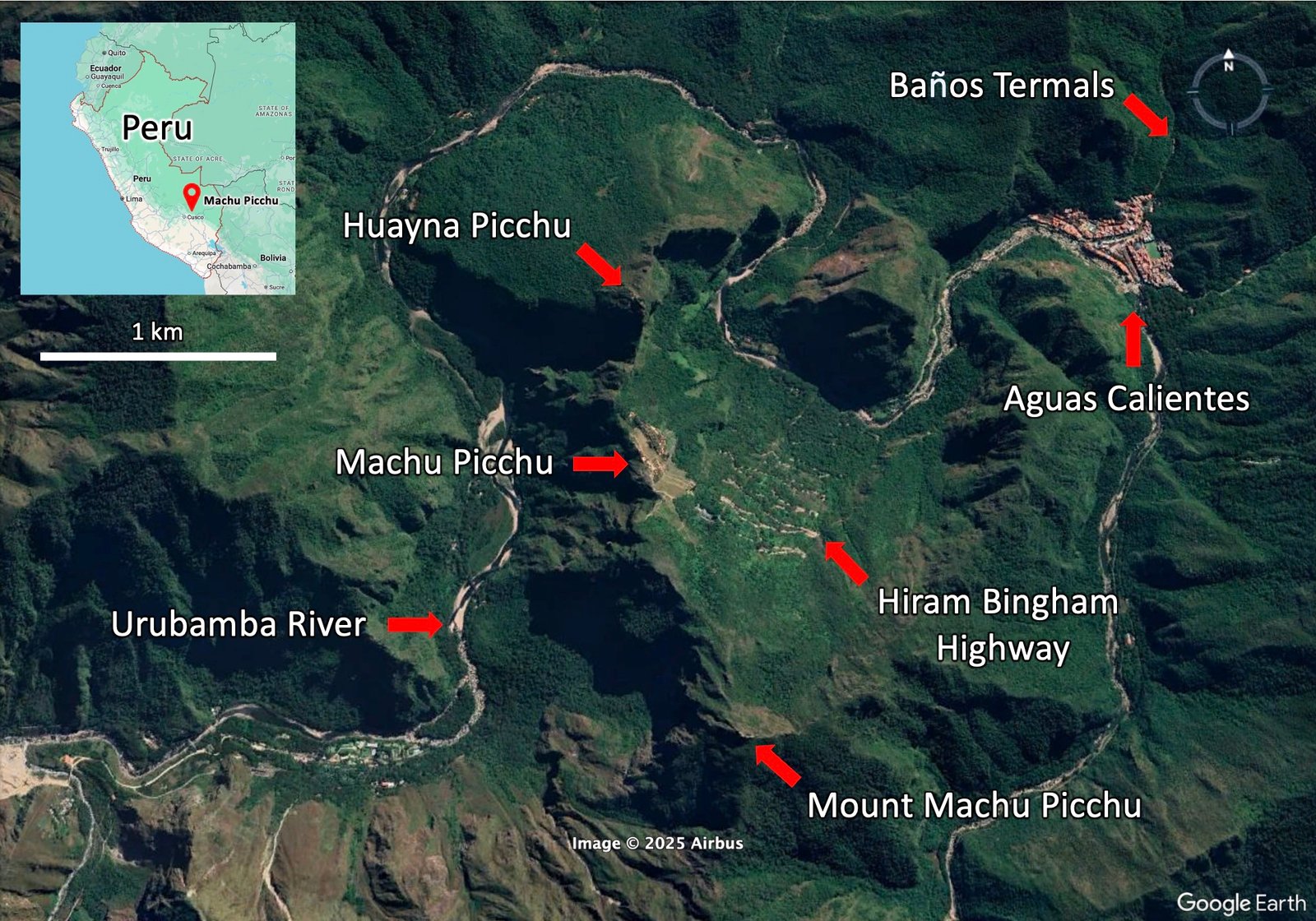
5 Machu Picchu Geology: Geological Foundations of an Incan Wonder
Machu Picchu is more than a cultural marvel—it’s a geological masterpiece, sculpted over millions of years by the tectonic forces that raised the Andes Mountains. The citadel sits directly atop the Vilcabamba Batholith, a massive formation of white-gray granite formed during the Cenozoic era (roughly 65 to 2 million years ago). This granite emerged when the Nazca Plate collided with the South American Plate, a geological process that continues to shape the region today.
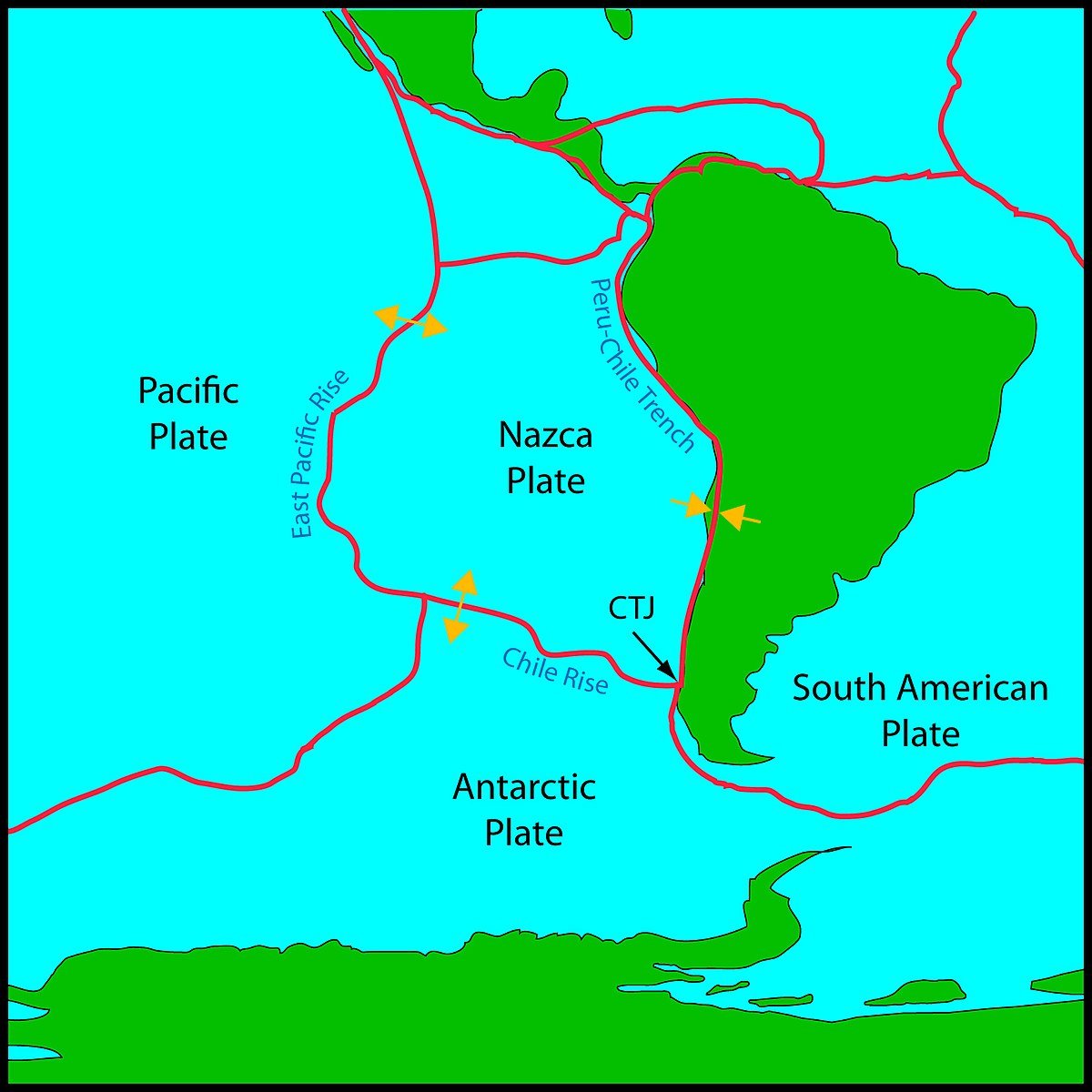
As the Andes rose, erosion and tectonic uplift exposed the batholith’s granite, providing the Inca with a durable, weather-resistant building material. Rather than hauling stone up from the valley, they quarried it directly from the mountaintop—flattening parts of the ridge to create platforms, and using the extracted stone to construct the citadel itself. Evidence of on-site quarrying is visible throughout Machu Picchu, where unfinished stones and bedrock carvings blend seamlessly into the landscape.
Having grown up in St. George, New Brunswick, Canada, a town known for its red granite quarries, I was struck by this connection—how geology doesn’t just shape land, but shapes civilizations. The Incas not only selected the perfect stone, they used it with an artistry and purpose that continues to inspire awe.
Earthquake Engineering: How the Incas Built for a Seismic World
This part of the Andes lies near the convergent boundary of two major tectonic plates, making it a region prone to powerful earthquakes. But the Incas were ready. Their builders incorporated earthquake-resistant engineering techniques that remain impressive even by today’s standards:
- Mortarless masonry (ashlar) allowed stones to move slightly and settle back during tremors, preventing collapse.
- Trapezoidal doors and windows distributed seismic forces more evenly.
- Inward-leaning walls created a low center of gravity for stability.
- Natural drainage systems prevented soil saturation and ground instability during heavy rains or seismic events.
These methods helped Machu Picchu survive centuries of earthquakes—outlasting many colonial buildings constructed later with inferior techniques.
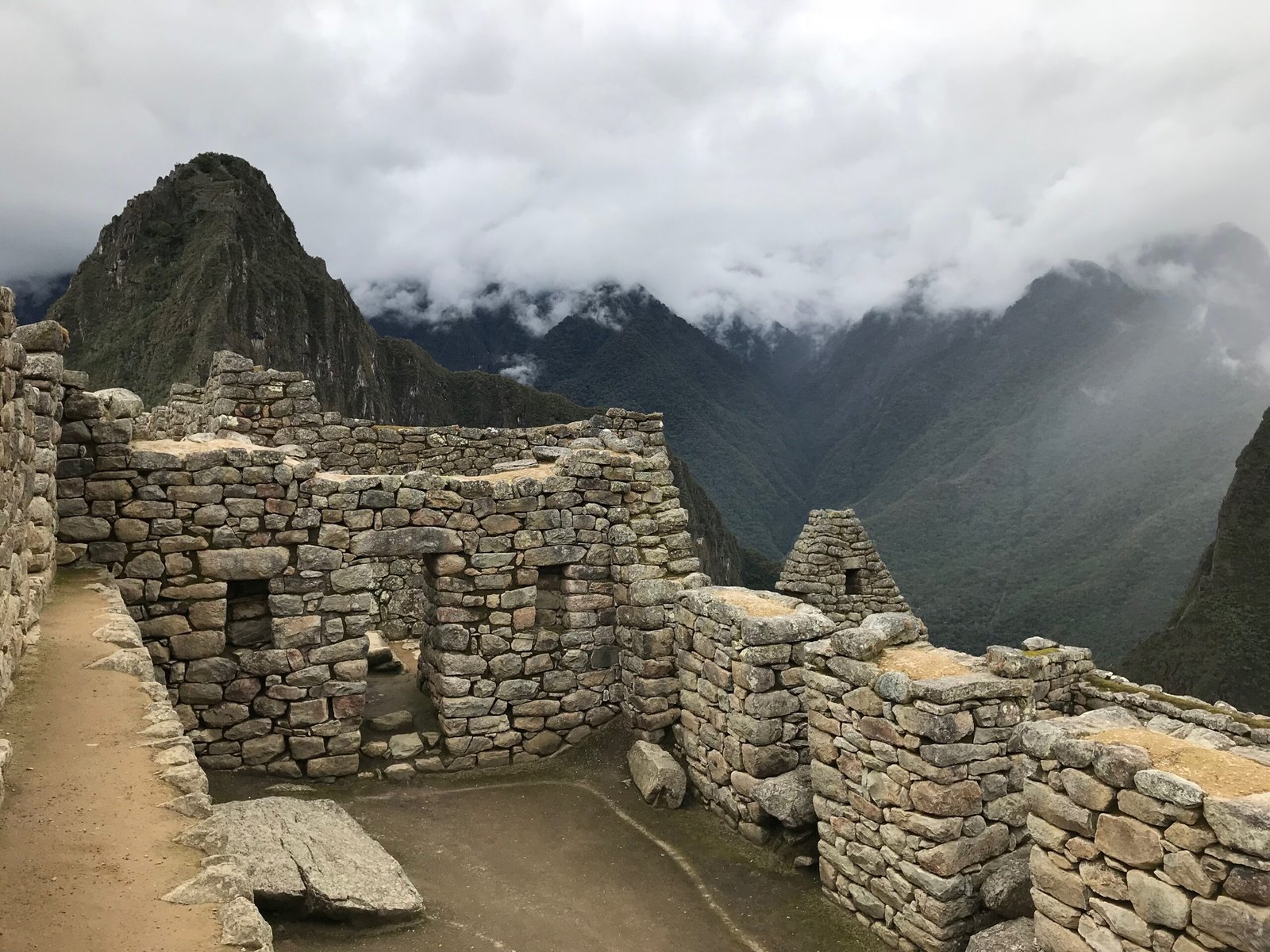
Geothermal Activity: Hot Springs and Deep-Earth Heat
Machu Picchu’s geology extends beyond stonework. After my visit, I relaxed in the Baños Termales hot springs in nearby Aguas Calientes, where you can literally soak in the geothermal energy that shaped the Andes. The water temperatures range from about 38°C to 46°C (100°F to 115°F)—perfect for easing sore muscles after a day of hiking through high-altitude terrain.

These mineral-rich waters owe their warmth to volcanic and tectonic activity deep underground. Rainwater and surface runoff seep through cracks in the Earth’s crust, heat up as they encounter hot rock layers, and rise back to the surface enriched with minerals like sulfur, calcium, and magnesium. The greenish tint in the pools is a result of these naturally dissolved elements.
While there’s no definitive archaeological evidence that the Incas used the Baños Termales hot springs specifically, they were known to harness hot springs and thermal waters throughout their empire for ritual, medicinal, and relaxation purposes—notably at Baños del Inca near Cajamarca. Given their spiritual reverence for nature and water, it’s entirely plausible that they recognized and valued the geothermal features around Machu Picchu as part of their broader connection to the land.
Soaking in these springs offers more than just comfort—it’s a visceral connection to the geothermal forces still at work beneath the Andes. For the science traveler, it’s a perfect reminder that geology isn’t just something you see—sometimes, it’s something you feel.
6 Machu Picchu Astronomy: Sacred Astronomical Alignments
The Inca civilization had a profound understanding of the cosmos, and Machu Picchu’s architecture is a testament to their astronomical sophistication. As I explored the site, I was struck by how deeply celestial observation shaped its design—far beyond mere aesthetics or symbolism.
Many of Machu Picchu’s structures are intentionally aligned with key solar events, particularly the June and December solstices. During the summer solstice, for example, sunlight passes through specially positioned windows, illuminating ceremonial niches—evidence of solar tracking embedded in the site’s very layout.
At the heart of this astronomical design lies the Intihuatana Stone, often referred to as the “Hitching Post of the Sun.” This carved granite pillar may have served as a solar clock or ritual sundial, marking the sun’s position throughout the year. During equinoxes and solstices, the shadows cast by the stone align with surrounding features in ways that suggest purposeful solar calibration.
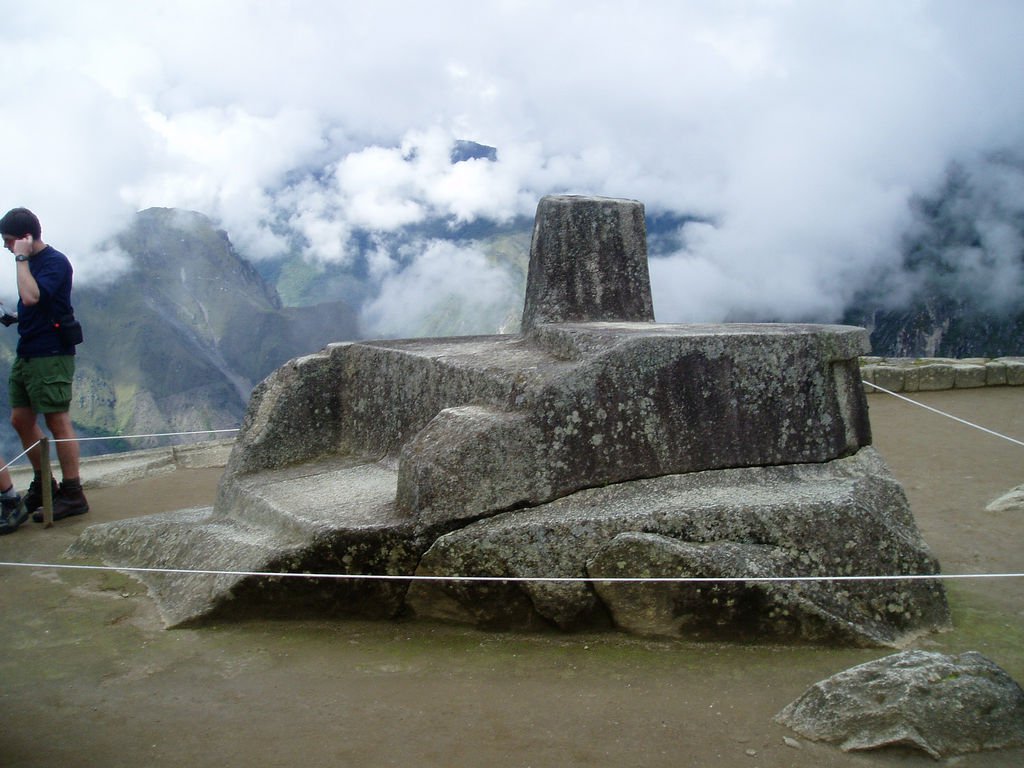
Scholars and archaeologists believe that such alignments were not just practical tools, but deeply spiritual—tying the Inca emperor’s divine status to the sun god Inti. In this way, astronomy was both science and sacred ritual, and Machu Picchu was its living observatory.
For the science traveler, these alignments reveal a society that used empirical observation to inform spiritual life and architectural form—an elegant fusion of astronomy, engineering, and belief. If you visit around the solstices, take note of how light interacts with specific structures. What seems like coincidence is often a result of careful astronomical design.
Beyond solar events, it’s likely the Incas also observed other celestial bodies from Machu Picchu. The Pleiades star cluster (known as Qollqa in Quechua) held agricultural significance and was carefully watched to signal planting seasons. The Milky Way, or Mayu, was revered as a cosmic river—mirroring the Urubamba River below—and may have influenced the symbolic placement of the site. Some researchers also suggest lunar alignments and ceremonial observation of the Moon from structures like the Temple of the Moon on Huayna Picchu. While precise stellar alignments are harder to confirm archaeologically, the Incas’ deep sky awareness is evident: Machu Picchu wasn’t just aligned with the Sun—it was in conversation with the cosmos.
Today, researchers continue to study Machu Picchu’s astronomical layout using modern tools like 3D modeling, GIS mapping, and archaeoastronomy simulations. These investigations aim to validate suspected alignments and uncover others previously overlooked—such as sightlines between mountaintops and celestial rise/set points. Recent studies have also begun comparing Inca sites across the Sacred Valley to explore how astronomy may have influenced regional planning and pilgrimage routes. As technology advances, Machu Picchu remains an evolving source of insight—not just into the stars, but into the minds of those who once mapped the heavens with stone.
7 Beginning the Journey: Flying to Cusco and Into the Inca World
For my personal journey to Machu Picchu, I had flown from Lima to Cusco—the former capital of the Inca Empire and my launching point for reaching Machu Picchu. The flight itself was breathtaking, offering sweeping views of the Peruvian highlands and the snow-capped Andes. As the plane descended through a narrow valley flanked by jagged peaks and quilted farmland, I could sense the ancient landscape drawing me in. The Andes weren’t just a scenic backdrop—they were the very foundation of everything I was about to experience.

Upon arriving at Cusco airport, one detail immediately stood out: a bowl of coca leaves offered to visitors. This traditional remedy is widely used to alleviate symptoms of altitude sickness, a common challenge for travelers arriving at Cusco’s high elevation. Visitors chew the coca leaves or brew them into tea. Though the leaves are the source of cocaine, in their natural form, they are completely harmless and provide an effective, natural way to combat altitude sickness.
For me, the effects started off mild—a slight headache, light-headedness, and a bit of effort required to walk the streets of Cusco. However, after my adventure to Machu Picchu, things worsened. By the third day, I was very sick and bedridden. Fortunately, by the fourth day, I began to feel better and was able to continue my journey to Bolivia, though even walking uphill left me short of breath. Altitude sickness affects everyone differently, but it’s something to plan for, as it can significantly impact your trip.

After landing, I checked into a hotel in downtown Cusco. My room had an amazing view of the red-tiled rooftops stretching up the mountainsides, offering a picturesque scene of the city wrapping around the surrounding peaks. It was the perfect base for exploring Cusco’s rich history and culture, as well as a convenient spot for my day trip to Machu Picchu.
I chose to stay in Cusco because of its cultural significance and as a place to acclimate to the altitude. Although many visitors opt for the famous Inca Trail, a multi-day hike that spans 42 kilometers (26 miles), I decided to take the train and visit Machu Picchu in a single day to fit my schedule. While the Inca Trail is a renowned adventure, a day trip suited my plans perfectly, and Cusco served as an ideal base.
Exploring Cusco, with its valley setting and steep streets climbing the surrounding mountains, was a memorable experience. I visited the impressive Cusco Cathedral and indulged in some local treats like cactus fruit ice cream from a street-side café. The slightly tart flavor of the cactus fruit was refreshing and unique, adding to the charm of this ancient city.

8 Arriving in Aguas Calientes: The Gateway to Machu Picchu
After an early morning departure from Cusco, I boarded the PeruRail Expedition train at Poroy Station at 6:40 a.m. The train journey to Aguas Calientes, the base town for Machu Picchu, was an unforgettable part of the adventure. With its glass roof, the train offered panoramic views of the Andes Mountains as we wound through valleys and followed the Urubamba River. The breathtaking scenery, with rugged peaks rising sharply around us, made it feel as though the mountains were embracing the train. Although the journey lasted about three hours, the stunning landscapes made the time fly by.
At around 10 a.m., I arrived in Aguas Calientes, a small, picturesque town nestled in a deep valley at the base of Machu Picchu. Surrounded by towering peaks, the town is split by the Rio Aguas Calientes, adding to its serene beauty. After exploring the town and taking in the majestic surroundings, I caught a bus from the town center that zigzagged up the narrow, switchback road to Machu Picchu. The 40-minute ride was exhilarating, with steep cliffs on either side and incredible views of the valley below.

9 The Journey to Machu Picchu: A Spectacular Ascent
I arrived at Machu Picchu around noon, and from the moment I stepped inside the Citadel, I was in awe of how high the structures sit above the Urubamba River. Perched on a mountain ridge at an elevation of approximately 2,430 meters (7,970 feet) above sea level, Machu Picchu offers breathtaking views of the river winding through the steep valleys below. This river, part of the Amazon River Basin, eventually flows into the Amazon River and onward to the Atlantic Ocean. Standing above one of the many sources of the Amazon, I felt the immense reach of this vital water system, adding to the wonder of the site.
“Standing above one of the many sources of the Amazon, I felt the immense reach of this vital water system, adding to the wonder of the site.”
Machu Picchu experiences a subtropical highland climate, with distinct wet and dry seasons. The dry season, from April to October, offers clearer skies and is generally the best time to visit. Daytime temperatures range between 10°C (50°F) and 21°C (70°F), but nights can be much cooler. The wet season, from November to March, brings heavier rainfall, especially in January and February. Even during the dry season, mist and occasional showers can occur due to the high elevation.
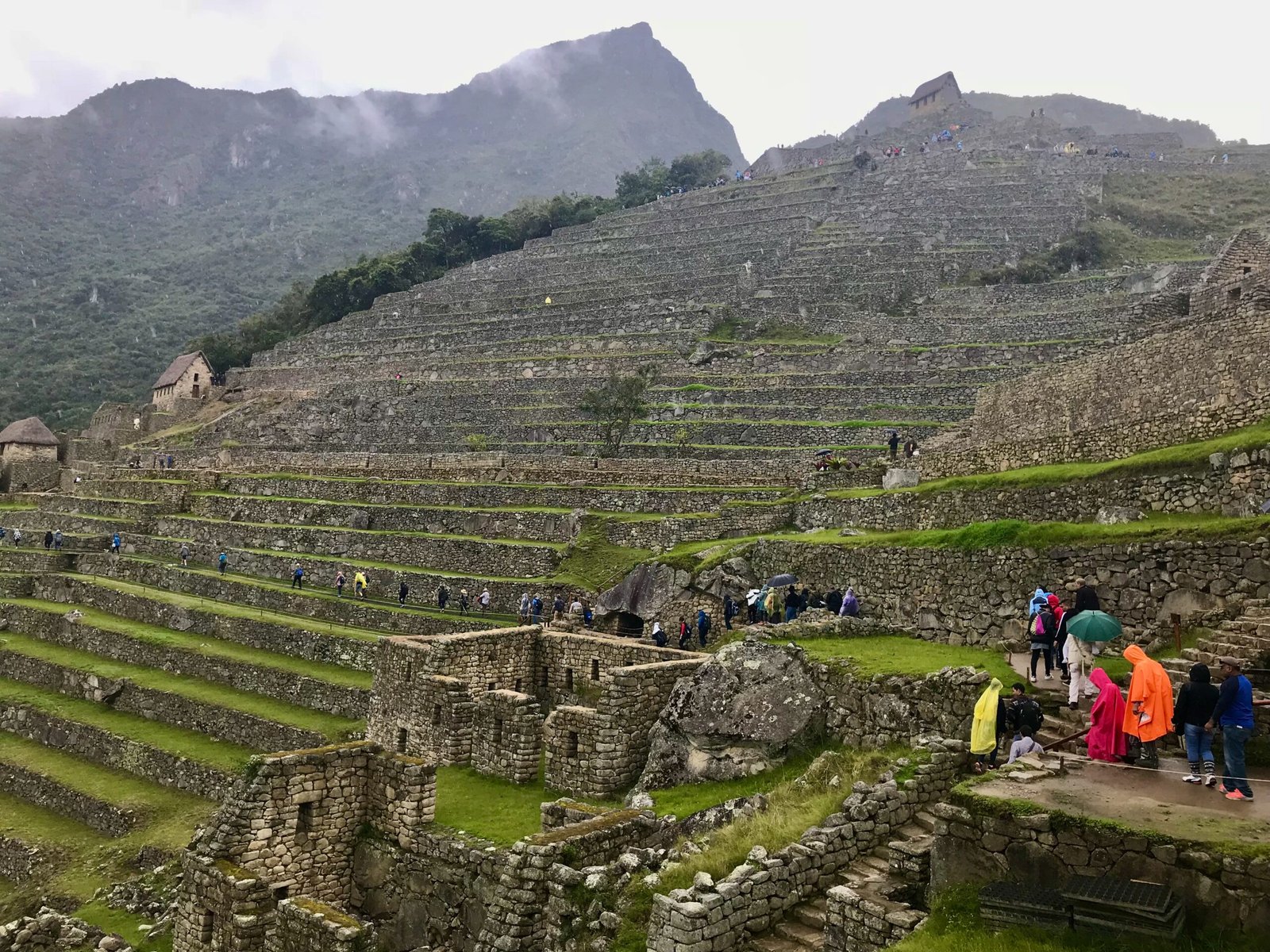
During my visit, the weather was a mix of clouds and mist, adding a mystical atmosphere to the already breathtaking views. Upon arrival, the mountaintops were partially obscured by low clouds, creating a sense of mystery. The swirling mist around the structures gave everything an otherworldly feel. I spent about two to three hours exploring the site, climbing the stone staircases and walking through the Inca terraces. Visitors are typically allowed up to four hours at the Citadel, and while I didn’t stay the full time, I made the most of my visit. Toward the end, it started to rain lightly, but I had already absorbed the magic of the Citadel, and the shifting weather only enhanced the dreamlike quality of the experience.

As I wandered through the terraces, I was excited to spot a llama for the first time. These iconic Peruvian animals roam freely around Machu Picchu, adding to the charm and authenticity of the site. Seeing the llamas grazing on the terraces, with the mist-covered mountains in the background, was a special highlight of my visit.

10 The Journey Back to Cusco: A Reflective Ride Through the Andes
After a soothing soak in the hot springs of Baños Termales and a final stroll around the charming streets of Aguas Calientes, I boarded the 6:20 p.m. PeruRail train for the return journey to Cusco. As I settled into my seat, exhaustion from the day began to set in. While I felt the effects of altitude sickness more strongly during the train ride, nothing could dampen the elation I felt from having completed my journey to the awe-inspiring Machu Picchu.
The train ride to Ollantaytambo, which took about two hours, was a quiet reflection of the adventure I had just experienced. When I arrived in Ollantaytambo, I found a taxi just outside the station for the final leg of the journey to Cusco. This two-hour drive through the dark Andean landscape was nothing short of mesmerizing. I gazed out the window, captivated by the blanket of stars overhead. The clear sky revealed an astonishing view of the night, and I couldn’t help but think that the same stars had watched over the Inca people centuries ago, guiding them in their mighty empire.
11 How to Get to Machu Picchu (Quick Guide)
Getting to Machu Picchu is a journey through time and terrain. Here’s a streamlined guide from Lima to the Sacred Citadel.
Lima → Cusco
- Flight time: ~1h20
- Airlines: LATAM, Avianca, Sky
- Cost: ~$40–150 USD
- Tip: Book early during high season (Apr–Oct)
Cusco → Aguas Calientes
- Main method: Train (PeruRail or Inca Rail)
- Duration: 3–4 hours from Poroy or Ollantaytambo
- Cost: ~$60–300 USD depending on class
- Alternate method: Budget hikers can take buses or multi-day trails
Aguas Calientes → Machu Picchu
- Main method: Bus from Avenida Hermanos Ayar
- Duration: 25–30 minutes
- Cost: ($12 USD one-way / $24 USD round-trip)
- Buses run: Every 10–15 mins from 5:30 AM
- Hike option: 1–2 hours, steep but scenic
Buying Entry Tickets
- Website: machupicchu.gob.pe
- Cost: ~$45–60 USD
- Book early: 1–2 months in advance during peak season
- Tip: Bring your passport — it’s required for entry
12 Practical Tips for Visiting Machu Picchu
- Stay safe: Keep valuables secure and avoid walking alone at night. Use registered taxis or rideshares.
- Water caution: Stick to bottled water—even for brushing your teeth.
- Altitude prep: Bring pain relievers and consider altitude medication (e.g., acetazolamide).
- Weather-ready: Pack sunscreen, a hat, sunglasses, and a compact raincoat or umbrella.
- Footwear: Wear sturdy shoes with good grip for steep, uneven paths.
- Snacks & hydration: Bring water and light snacks, but remember food isn’t allowed inside the Citadel.
- Bathroom access: Use facilities outside the entrance beforehand; carry small bills for the fee.
- Luggage rules: Large backpacks are not permitted—pack light.
- Stay on trails: Protect yourself and the site by sticking to marked paths.
13 Pro Tips for the Science Traveler
- Time your visit around solstices: Machu Picchu’s Temple of the Sun aligns with the June solstice sunrise—perfect for astronomy lovers.
- Observe the Intihuatana: This carved stone may have served as a solar clock or ritual tool for tracking celestial events.
- Geological marvel: The site rests on fault lines—Inca engineers used natural fractures for drainage and stability. Look for polished boulders integrated into foundations.
- Bring binoculars: Ideal for viewing rock formations, horizon alignments, and sun-shadow interplay across temples.
- Visit early or late: Softer light enhances shadows cast by stonework, revealing astronomical alignments.
- Notebook or field journal: Record observations about stone types, weathering, and solar positioning—you’ll notice far more by taking notes.
14 Reflections on Machu Picchu: A Journey Through Time and Nature
Leaving Machu Picchu left a profound impression on me. Standing among the ancient Inca stone structures, surrounded by towering Andes peaks and the flowing Urubamba River, I came to realize that Machu Picchu is much more than a historical site. It is a living testament to humanity’s deep connection with nature, the Earth, and the cosmos. Witnessing this incredible Inca wonder firsthand, I felt fortunate to experience one of the world’s greatest examples of how human civilization can harmonize with its natural surroundings.
If you’re inspired by the science behind Machu Picchu, explore more of Curious Don’s science travel guides below.
15 More Science Travel Adventures
If you enjoy exploring the crossroads of science, nature, and culture, here are a few more of my favourite science travel experiences:
- The Great Pyramid of Giza: A Monument of Ancient Science
- The Pyramid of Djoser: Egypt’s First Step Toward Scientific Greatness
- Exploring Pompeii: Science, History, and the Power of Nature



